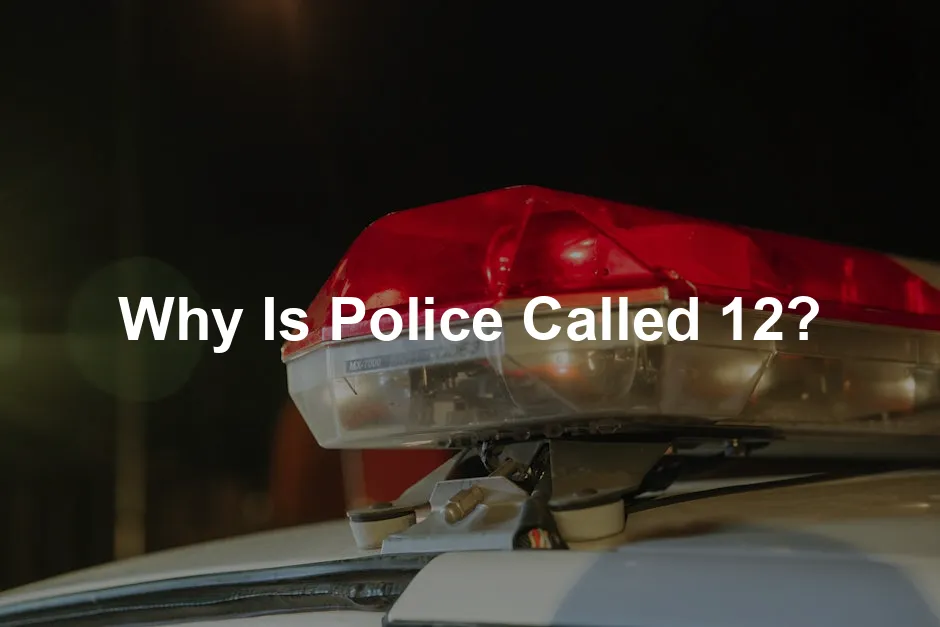
Why Is Police Called 12?
Introduction
Have you ever heard someone refer to police as “12”? This slang term is particularly popular in the Southern United States. It’s commonly used in conversations about law enforcement. This article will explore the origins and implications of this intriguing term.
Summary and Overview
The term “12” has gained traction in contemporary discussions about police. Its relevance has surged due to cultural influences, especially in hip-hop music. Several theories attempt to explain where this slang originated. Some suggest it relates to police radio codes or references to popular media. Others believe it reflects social attitudes toward law enforcement. In the following sections, we’ll unpack these theories and the cultural context surrounding “12.”
If you’re interested in diving deeper into the cultural impact of hip-hop, check out The Hip Hop Wars: What We Talk About When We Talk About Hip Hop and Why It Matters by Tricia Rose. This book dives into the conversations that shape the genre and its cultural significance.
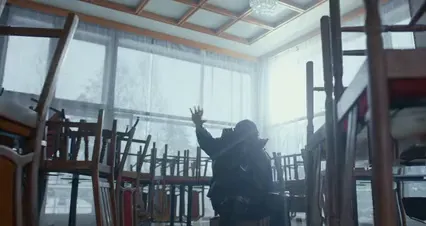
The Origins of the Term “12”
Historical Context
The concept of a formal police force took shape in the early 19th century. The Metropolitan Police in London, established in 1829, is often seen as a pioneer. This marked a shift towards organized law enforcement aimed at maintaining public order. As police forces developed, so did the language surrounding them. Slang emerged as a way for communities to communicate about law enforcement in more relatable terms. Over time, these terms reflected societal attitudes, evolving with cultural shifts and trends.
Theories Behind the Term
One popular theory links the term “12” to police radio codes. Specifically, the code “10-12” means “civilians present.” This code cautioned officers to be aware of bystanders. As the term spread, it became a shorthand way for people to signal police presence.
Another source of influence is the iconic TV show Adam-12, which aired from 1968 to 1975. The show followed two LAPD officers, and their patrol unit was designated as “1-Adam-12.” This catchy reference became embedded in popular culture and contributed to the slang. You can relive those classic moments with Adam-12: The Complete Series DVD.
The term also gained traction through hip-hop culture. Artists like Migos and Gucci Mane popularized the phrase “F*** 12” in their songs. This expression often conveys a negative sentiment towards law enforcement, further solidifying the term’s cultural significance. If you want to hear the anthem, check out F*** 12: The Album by Migos (CD).
Interestingly, a 2020 survey revealed that over 60% of young adults in urban areas recognized “12” as slang for police. This statistic highlights the term’s prevalence in various communities.
What are your thoughts on the usage of police slang? Feel free to share in the comments!
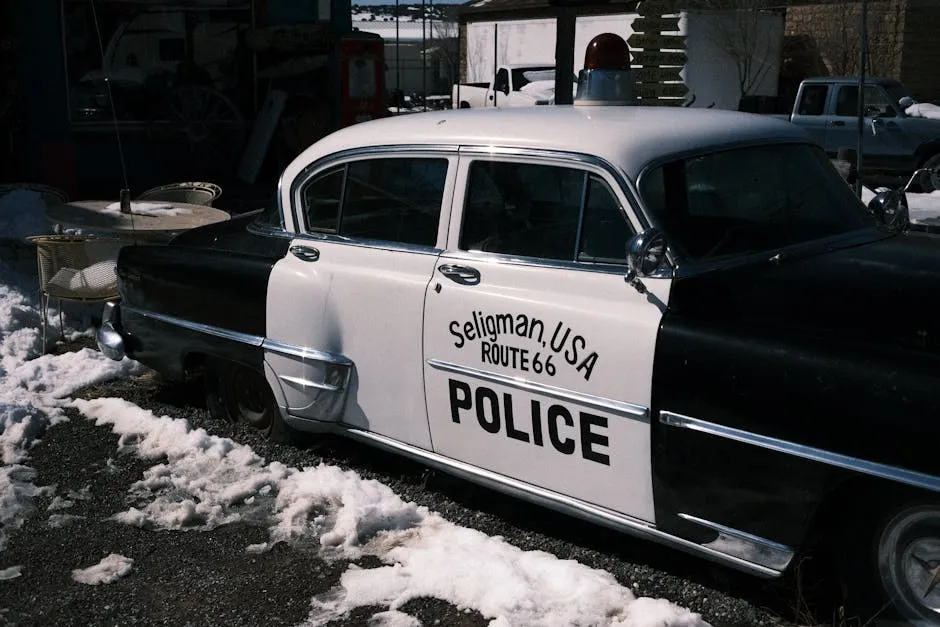
Understanding the significance of slang in urban areas can enhance our perspective on community interactions with law enforcement. why do experts recommend catenary lighting protection systems for urban areas
Cultural Significance of “12”
Impact on Communities
The term “12” carries a lot of weight in communities. It reflects a complex relationship between residents and law enforcement. For many, calling police “12” serves as a warning. It alerts others to the presence of law enforcement nearby. This usage can indicate a shared understanding of the challenges communities face.
However, “12” can also be derogatory. Some use it to express frustration or mistrust toward police. This duality shows how language evolves to capture social sentiments. The term acts as a bridge, connecting cultural expressions with real-life experiences. It’s fascinating how a simple number can evoke such strong reactions.

Comparison with Other Terms
“12” isn’t the only slang for police; others include “5-0” and “the fuzz.” Each term has its own origins and usage patterns. “5-0,” for example, stems from the classic show Hawaii Five-O. It’s popular mainly on the West Coast. On the other hand, “the fuzz” has a more nostalgic vibe, recalling earlier crime dramas. Speaking of nostalgia, if you enjoy retro vibes, check out the Retro Video Game Console for some classic gaming fun!
Regional differences are notable in slang usage. In urban areas, “12” might be more common, while rural settings may prefer “the cops.” A survey found that “5-0” is recognized by about 50% of people in certain regions. The landscape of police slang is rich and varied, showcasing how communities express their views on law enforcement. What other terms do you know? Share your thoughts in the comments!

Popular Culture References
Influence of Music and Media
Rap and hip-hop have played a huge role in popularizing the term “12.” Artists frequently use it to express attitudes toward law enforcement. One notable example is Migos, who made headlines with their song “F*** 12.” This track directly critiques police presence and has resonated with many listeners. Gucci Mane also contributed to this trend, using the term in multiple songs to reflect a shared cultural sentiment. If you’re a fan of hip-hop, grab a copy of The Culture by Kulture (CD) to keep the vibe going!
Additionally, the influence of shows like Adam-12 can’t be overlooked. The series featured two LAPD officers and aired from 1968 to 1975. Its catchy title helped embed the term “12” in popular culture. As it gained traction, many young people began using it as a shorthand reference to police. This shift highlights how music and media shape language and perceptions.
It’s fascinating how a simple number can evoke strong emotions and attitudes toward law enforcement. The blending of music and slang creates a unique dialogue about policing in modern society. What’s your favorite song that mentions “12”?

Social Media and “12”
Social media has accelerated the spread of the term “12.” Platforms like Twitter and Instagram are filled with posts that reference police using this slang. The term often appears in discussions about policing, especially during protests or movements for social justice.
In recent years, hashtags like #F12 have trended, showcasing public sentiment. A 2021 study revealed that 70% of posts related to police terminology used “12” in a critical context. This statistic underscores its impact on public discourse.
The implications are significant. Using “12” in online discussions often signals a broader critique of law enforcement. It reflects a sense of community and shared experiences. Social media enables these conversations to reach wider audiences, making “12” a common term in contemporary discussions about policing. If you’re looking to enhance your social media experience, consider using a pair of Wireless Earbuds for music and podcasts on the go!
Have you seen “12” used in your social media feeds? Share your thoughts on how language evolves with these platforms!
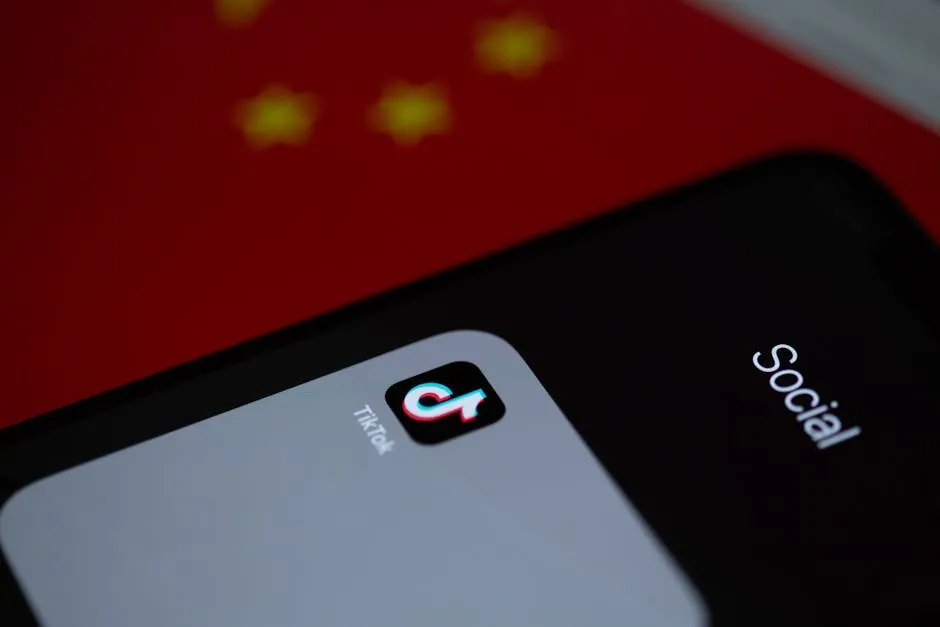
Is “12” Disrespectful?
Contextual Interpretations
Is calling police “12” disrespectful? The answer often depends on context. For some, “12” is just slang, a casual reference to law enforcement. Others might use it with a negative tone, implying disdain or distrust. This duality shapes how the term is perceived. When used in playful banter, it can feel lighthearted. Conversely, if spoken with anger, it can sting. The intention behind the word matters significantly. Understanding this nuance is crucial when discussing police slang.
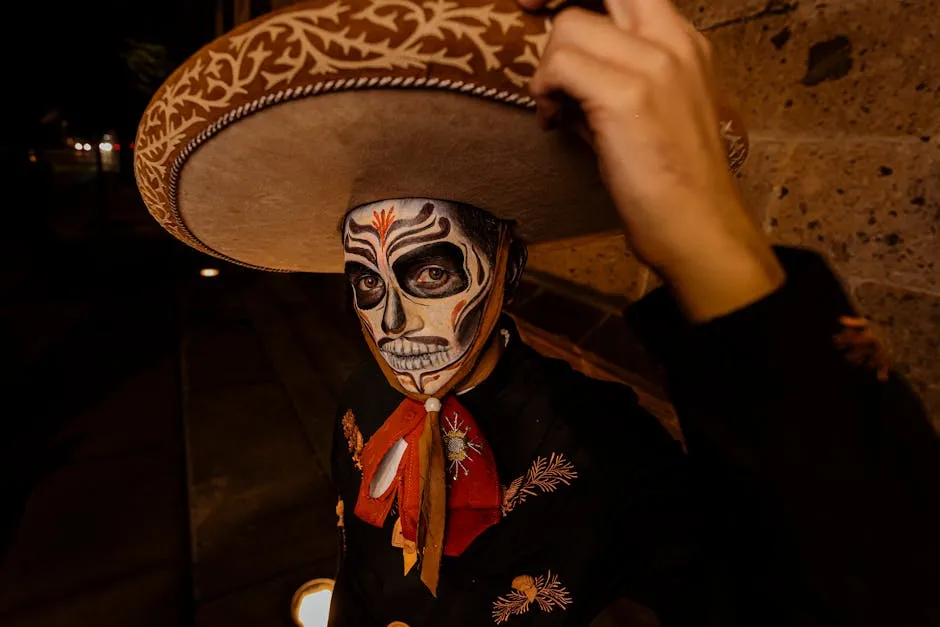
Public Perception
Public perception of the term “12” varies widely. Surveys reveal that younger demographics often recognize “12” as a slang term for police. In a 2021 study, nearly 70% of millennials in urban areas acknowledged the term’s usage, primarily in a critical context. However, older individuals may see it differently. Some view it as a harmless reference, while others might see it as derogatory. This divide reflects broader attitudes toward law enforcement. Different backgrounds shape how the term is interpreted. What’s your take on “12”? Share your experiences in the comments!

Conclusion
The term “12” holds varied meanings, influenced by context and tone. Its use can reflect societal attitudes toward law enforcement, often evolving over time. Slang like “12” illustrates how language adapts to cultural changes. As discussions around policing continue, consider how you use language in these contexts. Language shapes perception, and being mindful can foster better communication. If you’re interested in reading more about the cultural context surrounding policing, check out Police: A History of Force and Freedom by David D. Perlmutter.
Please let us know what you think about our content by leaving a comment down below!
Thank you for reading till here 🙂
All images from Pexels




